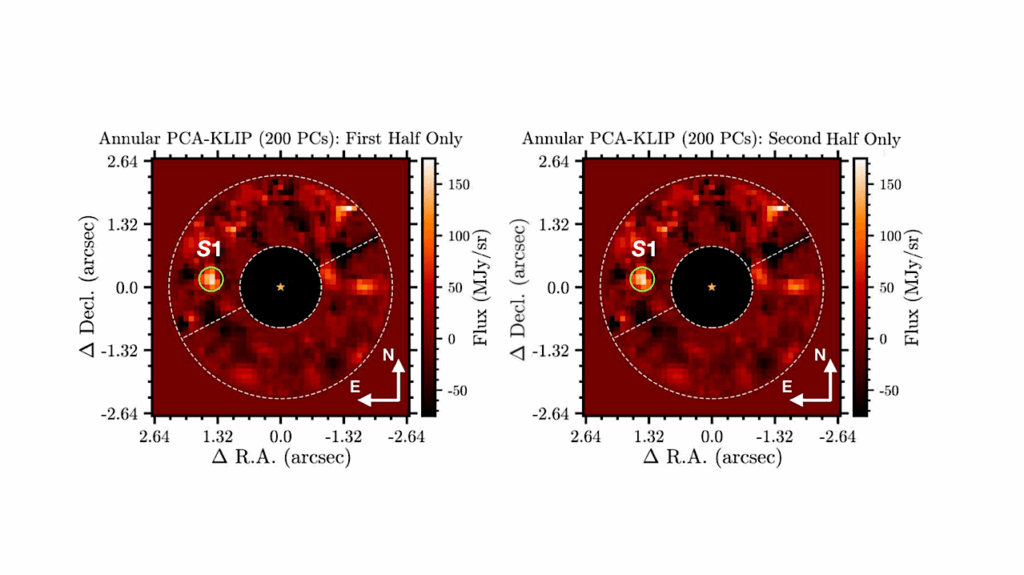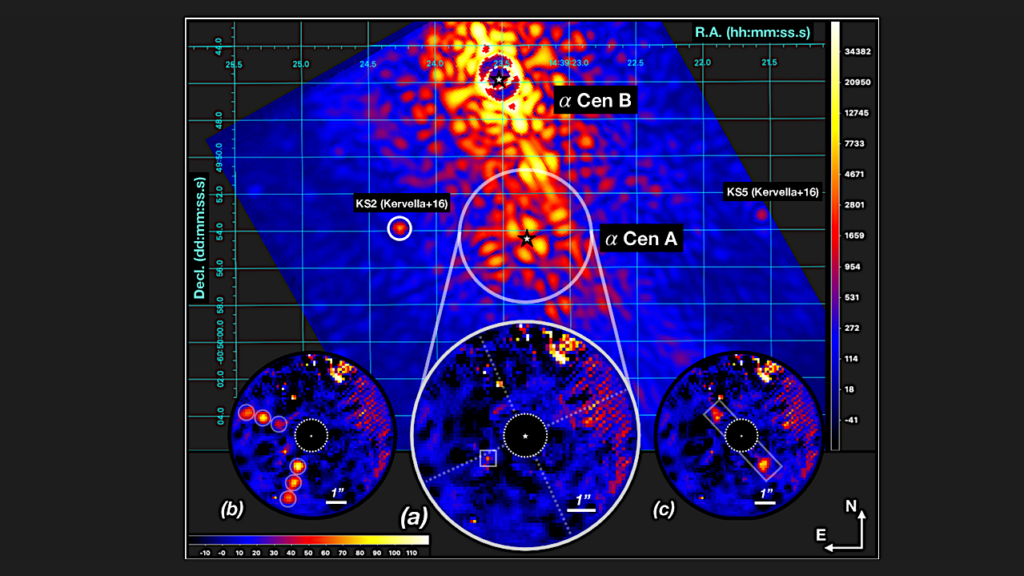Avatar: A Stunning New World That NASA Is Ignoring

Editor’s note: “Avatar“, a film by former NASA Advisory Committee member James Cameron, will debut across the planet on 18 December. Widely hailed as “ground breaking” the film may well push the boundaries of what can be portrayed on the big screen. The film centers around humans mining precious materials on a world in the Alpha Centauri star system – and the inevitable conflict that arises with the local (sentient) inhabitants. The film delves into a wide range of issues that intersect with what NASA’s Astrobiology Institute and Exobiology Programs have looked into in one way or another.
Unparalleled simulations of an extrasolar planet with a whole new ecology – but it would seem that NASA is not really interested in this film.
NASA has made a variety of attempts to collaborate with Hollywood in the past to promote movies that have some resonance with what NASA does (or what people think it does). Recent examples include “Buzz Lightyear“ and “Planet 51“. Some of these collaborative efforts have resulted in substantial public interaction – often with people who would not normally stop to ponder what it is that NASA does or how it might relate to them. On the other hand, NASA has also engaged in a campaign to refute the utter stupidity contained in the recently released film “2012”.
Given that NASA is not afraid to weigh in on both positive and negative (stupid) films, is NASA going to take advantage of this film’s debut to engage the public on issues relevant to Astrobiology and life in the universe? So far, I am told that the answer is “no”.
If NASA can spend taxpayers dollars to shoot down stupid movies and fly action figures and DVDs in space to promote a film, then you’d think that they’d also consider something focusing more on hard science. With regard to “Avatar”, were NASA so inclined to do so, one outreach effort might include materials distributed in (online and in person) in coordination with the film that focus upon how topics of interest to both Astrobiologists – and the general public – are addressed in this movie.
- What alternate biochemistries/atmospheric compositions would be compatible with “life as we know it”?
- On a world with lighter gravity than Earth what modes of movement would be more probable?
- what is the state of the art in terms of understanding alternate genetic systems? Would they be similar to those utilized by terrestrial biota? Different? How?
- what are the ethics of altering an alien biosphere – including forward and back-contamination
- what is the habitability potential for terrestrial-class planets in orbit about a gas giant – in a trinary star system?
- what is the state of the art vis-a-vis human-machine interactions, augmented reality, exoskeletons, virtual reality, etc.?
- re bipedal mammals the only body form one would expect for extraterrestrial sentient beings?
So far NASA has told me that no outreach activities in connection with this film are being considered. If that ends up being what happens, then I think that NASA will have wasted a sterling opportunity to engage the public in a meaningful way – using a film that hundreds of millions of people will see – one that blends awe and wonderment of tomorrow with the things that are being done – by NASA – today.
Astrobiology







